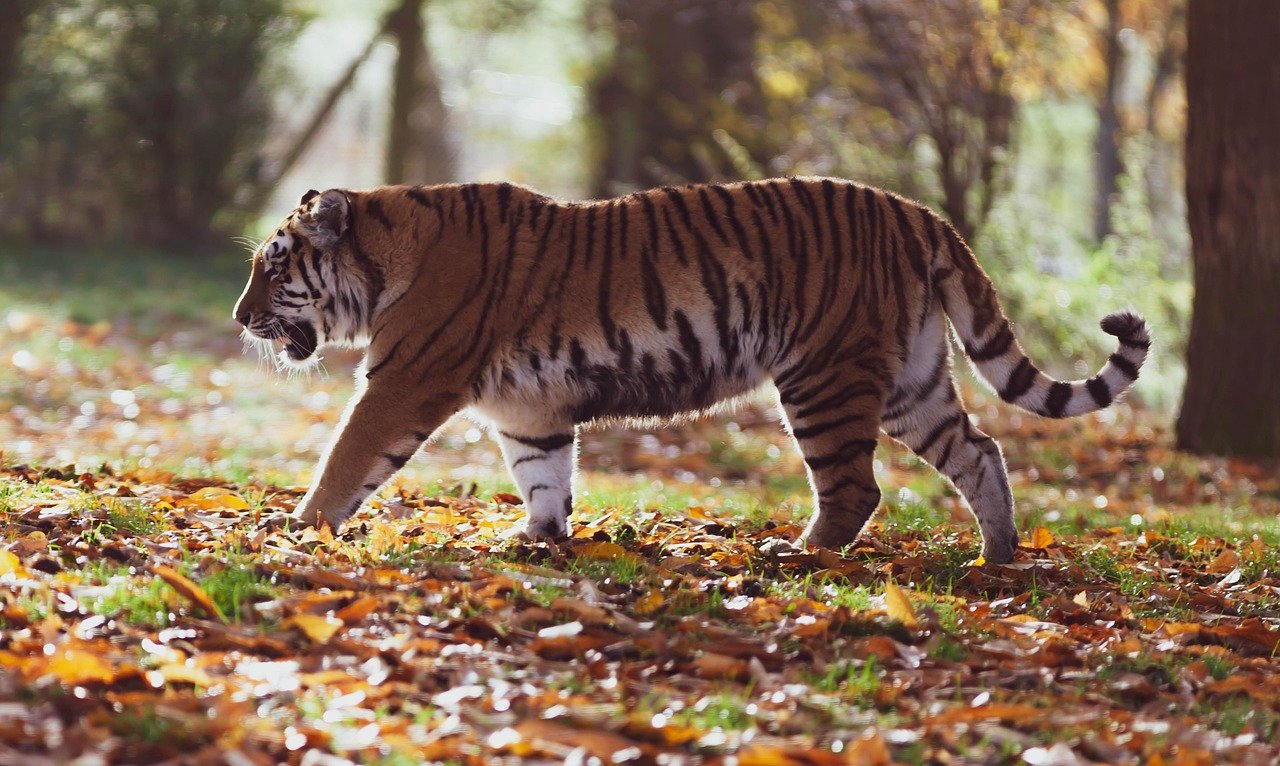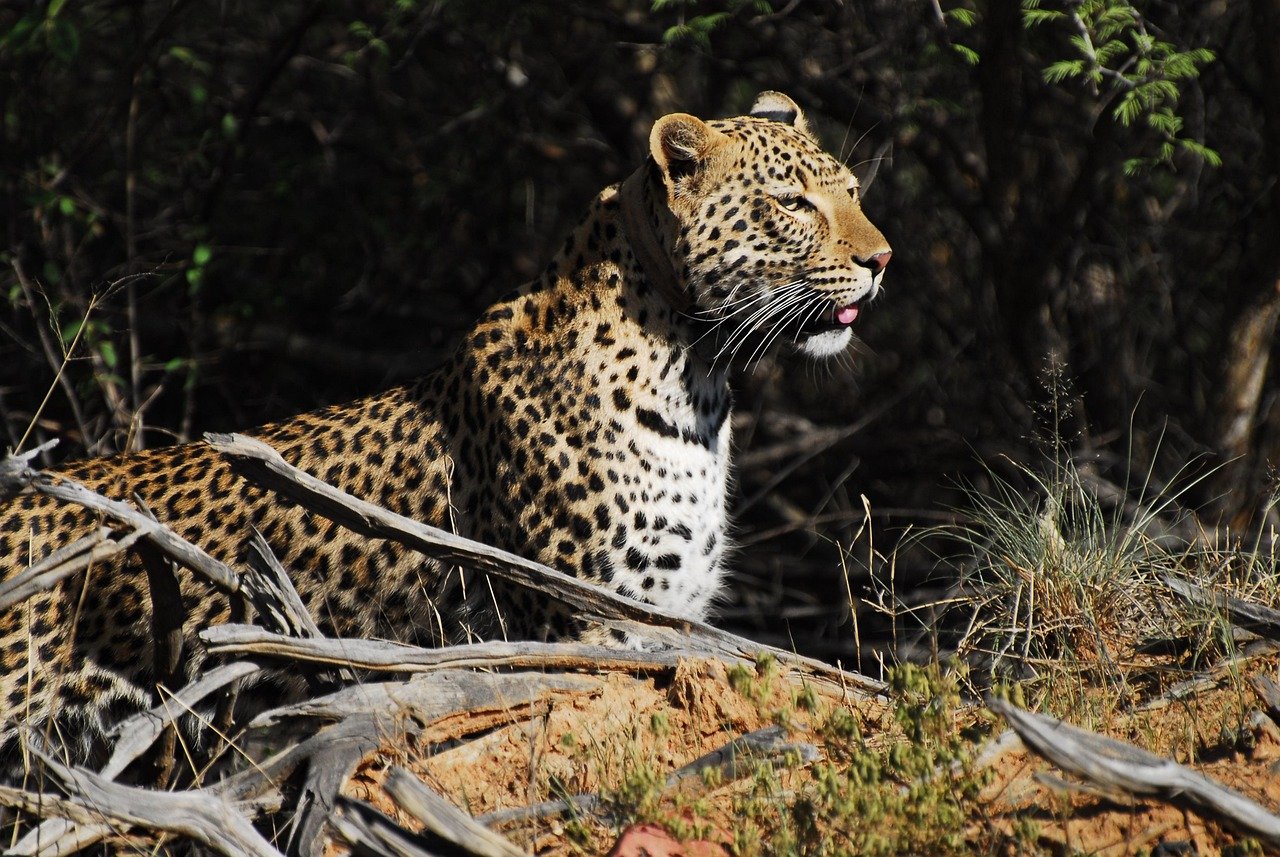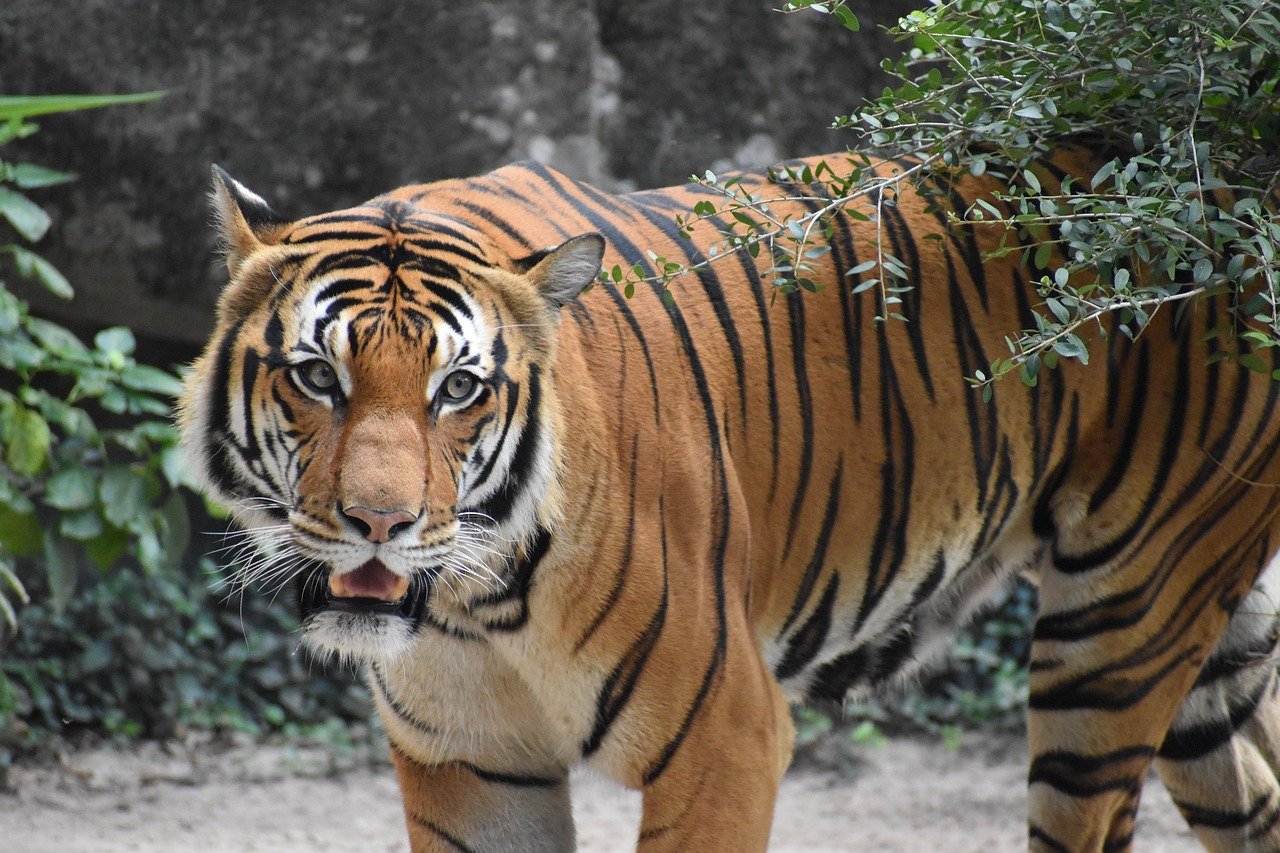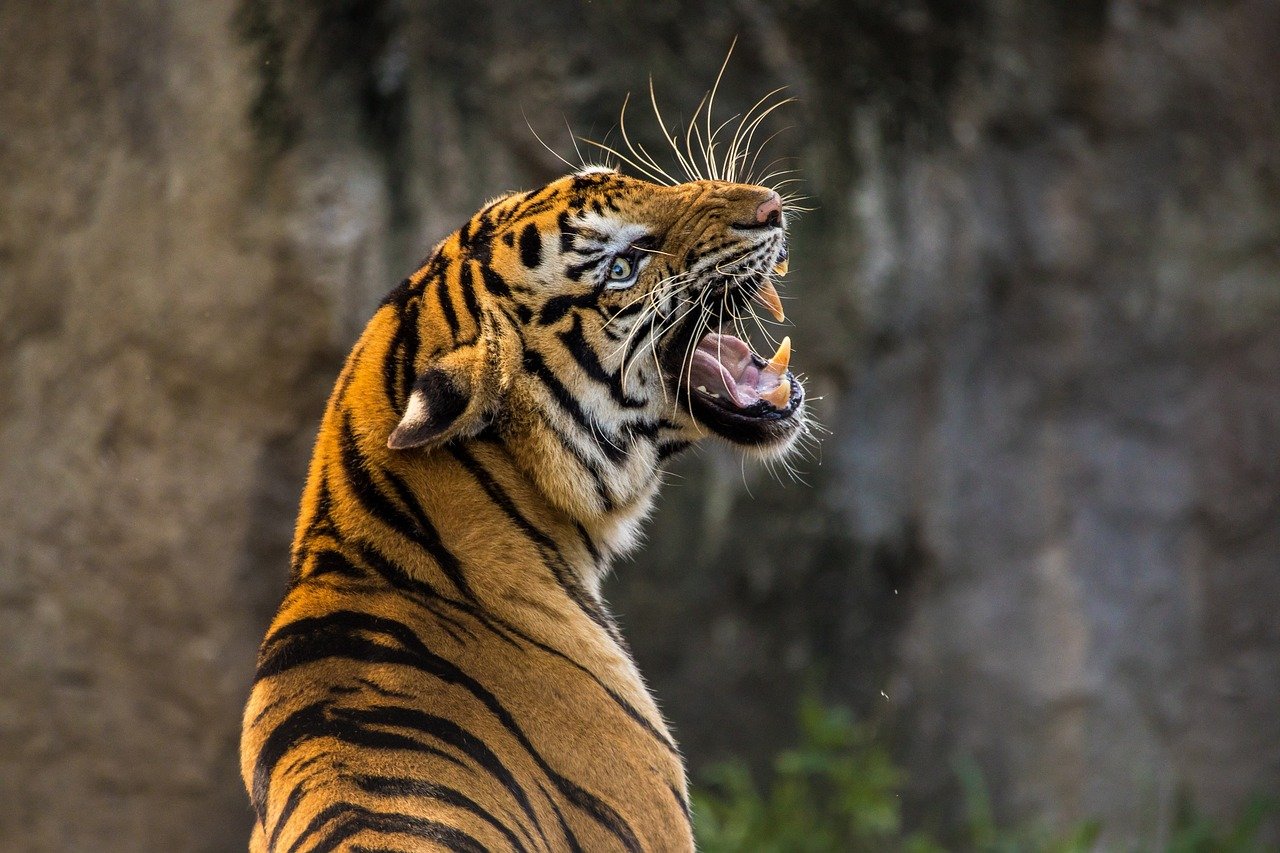Big cats, with their majestic appearance and powerful presence, have long fascinated humans. Yet, despite their allure, they are often misunderstood by the public. Misconceptions stem from a variety of sources, including media portrayals and historical myths. Understanding these magnificent creatures requires delving into their behavior, habitats, and the challenges they face. This exploration not only reveals the truth about big cats but also highlights the importance of their conservation. Let’s dive into the various aspects that contribute to the misunderstanding of these enigmatic animals.
The Influence of Media Portrayal
Media has a significant role in shaping our perceptions, and big cats are no exception. Often depicted as villains or menacing predators in movies and books, these portrayals can skew public perception. Think of the fierce lions in films, or the lurking tigers in adventure tales. Such representations can instill fear, painting these animals as threats rather than the majestic creatures they are. This depiction oversimplifies their nature, ignoring their roles as vital members of the ecosystem. By focusing solely on their predatory instincts, the media often overlooks their intelligence, social structures, and the beauty of their natural behaviors.
The Complexity of Their Behavior

Big cats are often perceived as solitary and aggressive, but their behavior is far more complex. Lions, for instance, live in prides and display intricate social dynamics. Each pride member has a role, contributing to the overall survival of the group. Similarly, leopards are known for their adaptability and cunning, able to thrive in various environments. These behaviors demonstrate intelligence and social structures that are often ignored. Understanding these nuances can shift perceptions, allowing people to appreciate these animals beyond their superficial image as predators.
Misunderstandings About Their Habitats
The habitats of big cats are as diverse as the cats themselves, yet misconceptions abound. Many assume that these animals only thrive in dense, impenetrable jungles. In reality, big cats inhabit a range of environments, from the savannas of Africa to the snowy landscapes of Siberia. Tigers, for example, are versatile creatures, living in both tropical forests and snowy taigas. This adaptability is a testament to their resilience and need for varied ecosystems to thrive. Acknowledging this diversity is crucial in understanding their true nature and the conservation efforts required to protect their habitats.
The Role of Big Cats in Ecosystems

Big cats are apex predators, playing a critical role in maintaining the balance of their ecosystems. By controlling prey populations, they help prevent overgrazing and ensure biodiversity. This role is often misunderstood or overlooked, leading to misguided fears and misconceptions. For instance, the presence of a tiger in a forest can indicate a healthy ecosystem, as it suggests a robust food chain. Understanding this role can foster greater appreciation and support for conservation efforts. By recognizing their ecological importance, we can move beyond fear and towards coexistence.
Conservation Challenges and Misunderstandings

Conservation efforts for big cats face numerous challenges, many stemming from public misunderstanding. Habitat loss, poaching, and human-wildlife conflict threaten their survival. However, misconceptions about their nature and needs can hinder these efforts. For example, some believe that big cats can easily adapt to captivity, ignoring the complex requirements of their natural habitats. This misunderstanding can lead to inadequate conservation strategies, failing to address the root causes of their decline. By educating the public about these challenges, we can promote more effective conservation measures.
Historical Myths and Legends

Historical myths and legends have long influenced perceptions of big cats. From ancient tales of man-eating tigers to medieval stories of lions as symbols of royalty, these narratives shape our understanding. While they add to the mystique, they often distort reality, portraying these animals as either fearsome foes or noble allies. These myths can perpetuate stereotypes, overshadowing the true nature of these creatures. By separating fact from fiction, we can appreciate the real attributes of big cats and foster a more accurate understanding.
The Human-Wildlife Conflict
The relationship between humans and big cats is often fraught with conflict. As human populations expand, the encroachment on big cat territories leads to inevitable clashes. Livestock predation can result in retaliatory killings, further endangering these species. Misunderstandings about their behavior can exacerbate these conflicts, leading to fear and aggression. By promoting coexistence and implementing strategies to mitigate conflict, we can reduce tensions. Education and awareness are key to changing perceptions and fostering harmony between humans and these magnificent animals.
The Importance of Education and Awareness
Education and awareness are essential in dispelling misconceptions about big cats. By providing accurate information about their behavior, habitats, and ecological roles, we can foster a deeper understanding and respect for these animals. Community outreach, wildlife documentaries, and educational programs can bridge the knowledge gap, promoting appreciation and conservation efforts. As we learn more about these creatures, we can move beyond myths and misunderstandings, embracing their true nature. This shift in perspective is crucial for ensuring their survival and coexistence with humans.
In conclusion, big cats are extraordinary beings often misunderstood due to media portrayal, historical myths, and lack of awareness. By exploring their true nature and the challenges they face, we can foster a more accurate understanding and appreciation. Embracing their complexity and ecological importance is essential for their conservation and our coexistence with these majestic creatures.

Suhail Ahmed is a passionate digital professional and nature enthusiast with over 8 years of experience in content strategy, SEO, web development, and digital operations. Alongside his freelance journey, Suhail actively contributes to nature and wildlife platforms like Feline Fam, where he channels his curiosity for the Feline into engaging, educational storytelling.
With a strong background in managing digital ecosystems — from ecommerce stores and WordPress websites to social media and automation — Suhail merges technical precision with creative insight. His content reflects a rare balance: SEO-friendly yet deeply human, data-informed yet emotionally resonant.
Driven by a love for discovery and storytelling, Suhail believes in using digital platforms to amplify causes that matter — especially those protecting Earth’s biodiversity and inspiring sustainable living. Whether he’s managing online projects or crafting wildlife content, his goal remains the same: to inform, inspire, and leave a positive digital footprint.






